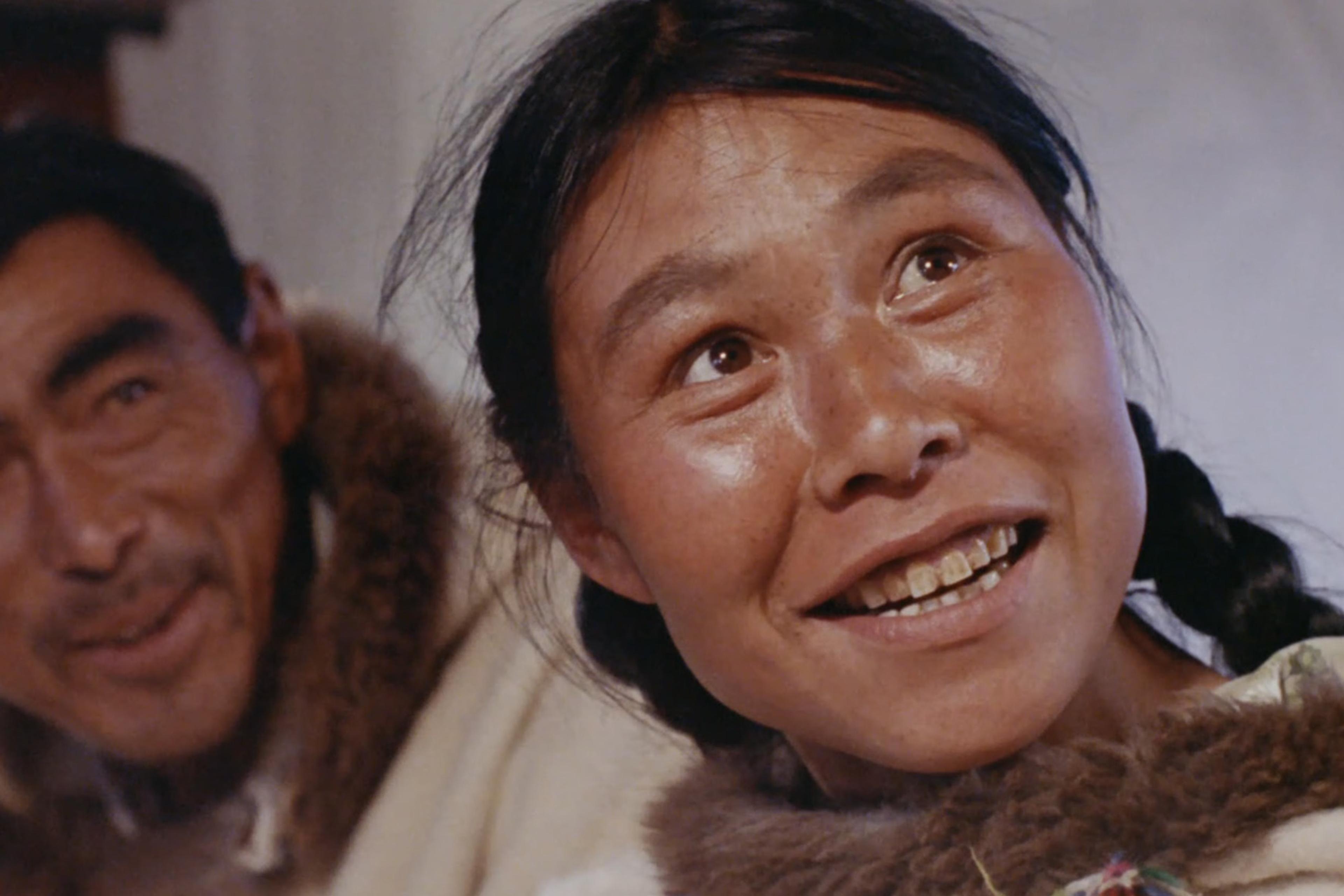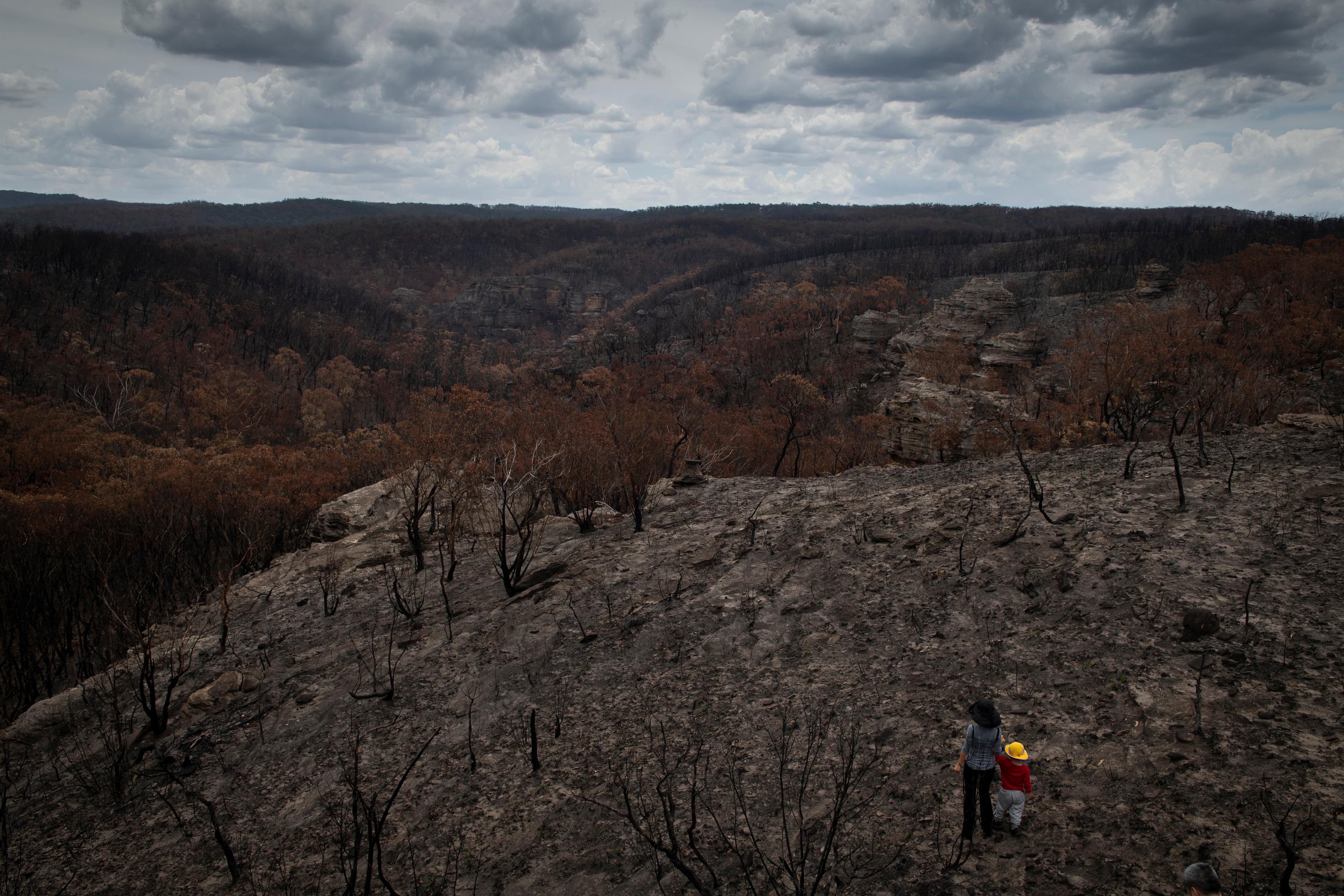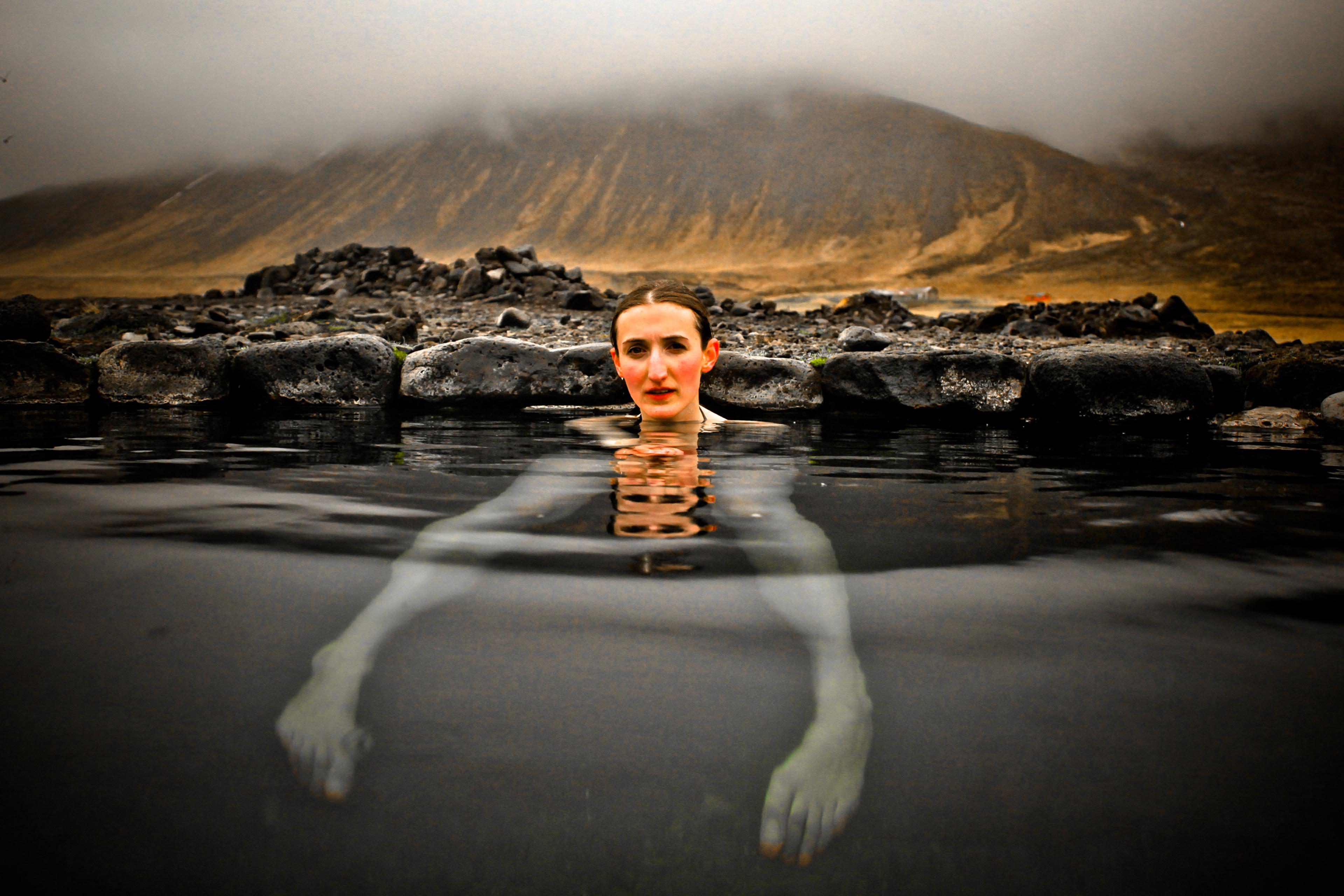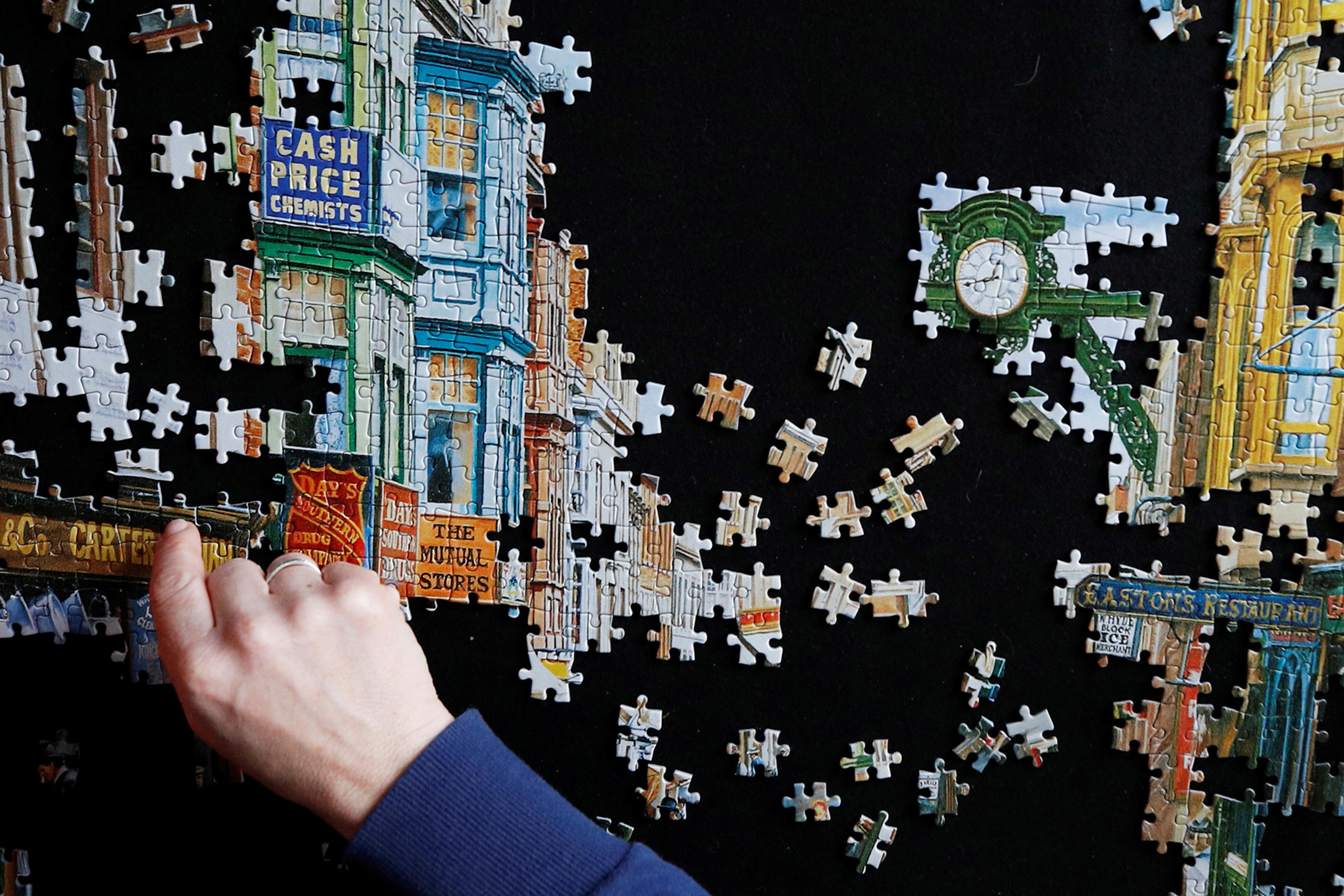Somewhere in the Arctic Circle, Acacia Johnson waits for a photograph. It’s not always something she can plan, or articulate, but she knows it when she sees it. Her favourite images are the ones that make you question what you have seen, snapping you from the complacency of knowing – the way you stop when you think you’ve witnessed something supernatural. ‘The polar regions are full of phenomena that classify as otherworldly,’ says Johnson. The landscapes are ‘unreal – in the best way’.
Growing up in Alaska, in a family for whom flying in small planes over glaciers was a regular activity, and later working as a guide in Antarctica, Johnson’s relationship with polar landscapes is personal. But as that landscape shifts and changes under the effects of the climate crisis, and the human cultures that depend on it adjust, it is inherently political too. In this film, which honours her work as winner of the 2022 International Center of Photography Infinity Award for Documentary Practice and Photojournalism, she explains how she is compelled to record life in polar landscapes, and show ‘why it matters, why it is worth protecting. Or why it’s just beautiful.’
As she ventures with her camera across regions at both extremes of Earth, the viewer experiences their sublime, diverse beauty: alongside sculptural icebergs are aquamarine ice caves, pockmarked like bubble-wrap; glades of moss-furred boulders; jagged formations that, at a glance, could be wintery Cappadocia. Even in the Arctic winter – something some viewers might dread or fear – Johnson captures what brings humans comfort: the stars are luminous, the phases of the Moon are deeply felt, and the outside world takes on an intense and surprising hue.
Much of Johnson’s work recording polar life centres the human. Her photographs urge the viewer not to dismiss the regions as uninhabitable wastelands of ice and snow, but as centres of long, continuous human culture. She shows not only how the climate crisis will affect populations of bears, but why disappearing sea ice matters to people. In photographing the igloo-building, seal-hunting traditions of Indigenous peoples, her work has the subversive power to recast the wilderness as home. While some of Johnson’s photographs are more obviously documentary, others capture a palpable sense of magic: footprints appear and disappear. Ice crystalises into jewels. Waterfalls are like beams of sunlight, so startling they seem to carry a message. For the viewer in a city thousands of miles away, the world might seem, for a moment, re-enchanted. Perhaps they stir in you the memory of the fairy tales of childhood, full of magical happenings in ancient forests, and leave you wondering what those foundational, magical stories meant; what they had to teach us; how they helped us survive.
In the podcast Between the Covers: Conversations with Writers, the American poet Jorie Graham in 2021 discussed art’s unique capacity to make people feel, and awaken them to the climate emergency. To understand something intellectually, Graham stressed, is not enough to motivate action; one has to feel it in one’s body, as something real. One must be moved, to be moved to act:
There are still people who, if they love something, will give up something to save it. So how do you make people feel, that that stuff you’re talking about, is sensorially real? … The function of art at this point is how to use imagination … in order to make people feel ‘that’s my reality. That’s mine. I can’t let that be hurt. I love it.’
It’s a sentiment that Johnson shares. For her, ‘photography is a way to make people feel something’ and her task as photographer is sometimes simply to capture ‘what a place felt like’. You can almost feel the moisture in the air, the soft texture of lichen, the heat of your blood as you enter an ice-melt lake. Notice how even her descriptions of place begin to take on the incantatory rhythm of a spoken word poem: ‘the silvery colour of rain reflecting light off green sea-grasses’. Notice how they land in your body, and change it, like a spell.
Written by Nicola Williams







